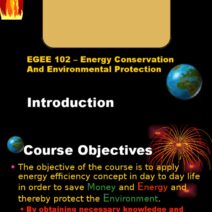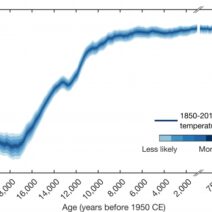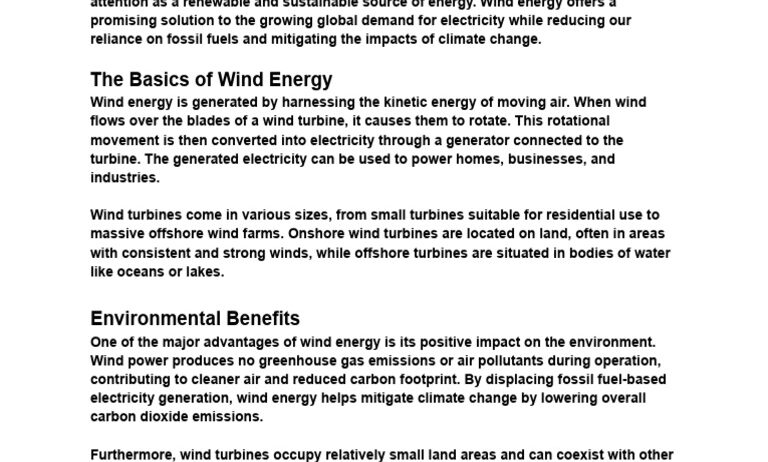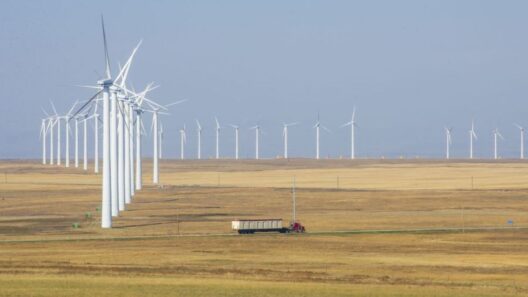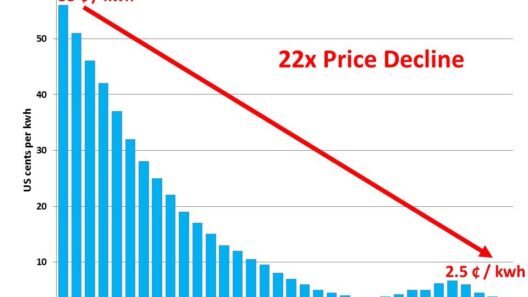The ascent of wind energy as a pivotal component of the global renewable energy landscape necessitates a thorough understanding of its storage methodologies. As wind power generation is inherently intermittent, the challenge is not only in harnessing this clean energy source but also in effectively storing it for later use. This article delves into the various ways in which wind energy is stored, offering a comprehensive exploration of existing technologies and emerging innovations in the field.
Before diving into methodologies, it is essential to understand the character of wind energy generation. Wind turbines convert kinetic energy from the wind into electrical energy. However, fluctuations in wind strength can lead to discrepancies between energy production and demand. Thus, an effective storage system is vital to mitigate these fluctuations and ensure a stable energy supply.
There are several methods employed in the storage of wind energy, each with its unique advantages, challenges, and applications. These can broadly be categorized into mechanical, chemical, and electrical storage solutions.
Mechanical Storage Solutions
Mechanical storage systems are among the oldest methods used to store energy, and they include technologies like pumped hydro storage, flywheels, and compressed air energy storage (CAES).
Pumped Hydro Storage: The Titan of Energy Storage
Pumped hydro storage is a well-established technique that utilizes two water reservoirs positioned at different elevations. During periods of excess wind-generated electricity, water is pumped from the lower reservoir to the upper one. When energy demand rises or wind production falls, the stored water is released to flow back down, turning turbines and generating electricity. This method boasts high efficiency and substantial capacity but requires specific geographical features, suitable water sources, and significant capital investment for setup.
Flywheels: The Swift Operators
Flywheel energy storage utilizes rotational kinetic energy to store energy. In this system, electrical energy is used to accelerate a rotor to a high speed. When energy is needed, the kinetic energy is converted back into electrical energy. Flywheels deliver rapid response times and high power output, making them suitable for stabilizing energy grids. However, they have a limited energy capacity and are best employed for short duration storage.
Compressed Air Energy Storage (CAES): Tapping into the Air
Compressed air energy storage employs surplus electricity to compress air in underground caverns or tanks. When the energy is required, the compressed air is heated and expanded, driving a turbine to generate electricity. CAES can be advantageous due to the vast energy storage capacity it offers, although it generally requires specific geological formations and incurs energy losses during the compression and decompression processes.
Chemical Storage Solutions
Chemical storage solutions encapsulate processes that convert electrical energy into chemical potential energy. The most prevalent example is batteries, but alternative methods like hydrogen production also play a significant role.
Batteries: The Reigning Champions
Various battery technologies are harnessed in renewable energy systems, most notably lithium-ion batteries. These batteries store energy chemically, allowing them to deliver power on demand. Their scalability and declining costs have led to their crucial role in integrating wind energy into the grid. Nonetheless, challenges such as raw material extraction, recycling, and longevity need to be addressed to promote sustainable scalability.
Hydrogen Production: The Future Fuel
Hydrogen, generated through electrolysis during periods of abundant wind energy, provides a compelling energy storage solution. This process splits water into hydrogen and oxygen, leading to the production of hydrogen fuel. When energy is needed, hydrogen can be converted back into electricity or utilized directly as a fuel in various sectors, including transportation. Although still in nascent stages regarding infrastructure, hydrogen presents an excellent opportunity for long-term energy storage and usage.
Electrical Storage Solutions
Electrochemical and supercapacitor technologies represent the forefront of electrical storage methodologies, acting efficiently to balance energy supply and demand.
Supercapacitors: The Fast Responders
Supercapacitors store electrical energy through electrostatic charge rather than chemical processes, allowing for rapid charge and discharge cycles. Their ability to deliver quick bursts of energy makes them suitable for applications requiring short-term energy storage. In combination with batteries, supercapacitors can bolster overall system efficiency by managing transient loads effectively.
The Role of Smart Grids in Wind Energy Storage
Enhancing the storage capabilities of wind energy does not solely rely upon physical technologies. The integration of smart grid technologies plays a critical role in optimizing energy distribution, reducing losses, and enabling real-time monitoring and management of energy flow. These systems facilitate decentralized energy storage solutions, providing a more resilient and adaptable energy landscape.
Conclusion: A Sustainable Future Awaits
The journey towards an efficient and reliable wind energy storage system is riddled with challenges, yet empowered by innovation and technological advancement. Each storage method contributes uniquely to a sustainable energy future, allowing us to harness the power of wind whilst addressing the intermittent nature of its availability. Progress in both conventional and emerging storage methodologies will determine our ability to meet energy demands sustainably, highlighting the necessity for continued investment, research, and collaboration in this evolving field. Wind energy holds immense promise, and as we navigate the complexities of its storage, we unlock the potential for a cleaner, more resilient energy system.
